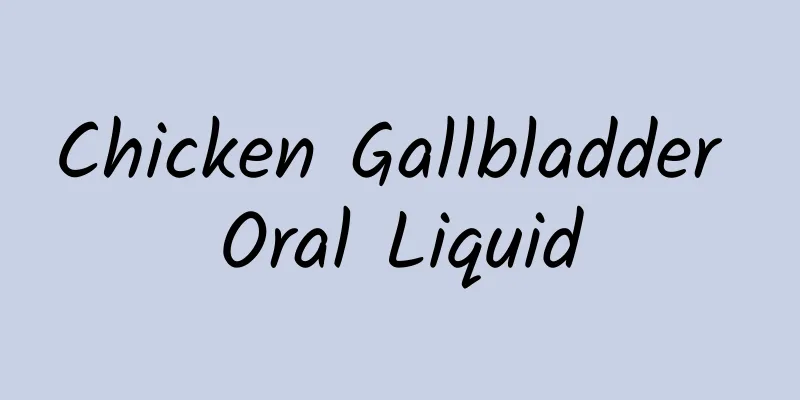What is Nipple Discharge?

|
Nipple overflow mainly occurs during breastfeeding, because at this stage the milk will swell and cause overflow. This is physiological overflow and a normal situation. Don't worry too much. As long as we drain the milk, we can alleviate the milk swell. When nipple discharge occurs, if you are not breastfeeding, you need to find out whether it is caused by inflammation and have it checked in time. What is Nipple Discharge? During pregnancy, the bodies of many expectant mothers will undergo many changes. Due to the influence of progesterone and other factors, milky white liquid will flow out of the nipples. Sometimes when the nipples are squeezed with the hands, white (a little milky) liquid will also flow out. This is called nipple discharge. Medically, nipple discharge is divided into two types: physiological discharge and pathological discharge. In most cases, physiological discharge occurs during pregnancy, lactation or after weaning. The discharge is sometimes unilateral and sometimes bilateral, with a small amount of discharge. The color of the discharge is mostly white milk-like. Usually, this nipple discharge is physiological discharge, and the symptoms will disappear with the end of pregnancy and lactation. Pregnant women do not need to worry too much. In addition, women in the pre-menopausal or post-menopausal period who experience a small amount of discharge when their nipples are squeezed, as well as those who take certain medications that cause nipple discharge, are also physiological phenomena. In addition to the normal milk secretion during pregnancy and lactation, intermittent or continuous nipple discharge from one or more ducts on one or both sides, lasting from several months to several years, is pathological discharge. This discharge will be painful when touched and will cause certain harm to the body. Pathological changes may also occur over time, so it is necessary to detect and care for it in time. Causes of Nipple Discharge Nipple discharge is a normal physiological discharge that occurs during pregnancy, lactation or after weaning. It is mostly caused by increased hormones in the body during pregnancy and postpartum. It is not a manifestation of diseases such as cancer and will not cause much impact on the pregnant woman's body. If nipple discharge occurs during the non-lactation period, it is mostly caused by pathological reasons, such as endocrine disorders, compensatory menstruation, pre-menstrual breast congestion, etc. caused by arteriosclerosis, hemophilia, purpura, hypothyroidism, and pituitary tumors. It can also be caused by diseases such as intraductal papilloma, mammary duct ectasia, and mammary ductitis, and accounts for more than 80% of all nipple discharge. Some discharge is also caused by other nipple diseases, such as superficial nipple erosion or exudate from breast fistula. |
<<: What causes breast swelling and itchy nipples?
>>: Hypoechoic mass in right breast
Recommend
Why is the child's tongue white? It is often related to three reasons
For children, when they show symptoms of white to...
The efficacy of wheat germ
Wheat germ is also called malt powder or germ. Whe...
What is internal fixation for lumbar disc herniation?
In daily life, lumbar disc herniation is a relati...
Is Angelica dahurica poisonous?
Many people like to use Angelica dahurica to stew...
Poor ovarian function and TCM treatment
Women's ovaries are important reproductive or...
What to do if cotton ball falls into ear
There are many accidents in life, such as when we...
Can lung cysts be cured?
Lung cyst is a congenital disease, which is mainl...
Difference Between Tubular Adenoma and Polyp
Everyone knows that tubular adenomas are fleshy s...
Prostatic Hyperplasia Treatment
As the development of modernization continues to ...
Gum growth to teeth
In life, many people will find that their gums hav...
Can you eat sugar cane? What is its edible value?
Can I eat sugarcane when my glucose level is high...
Why is there pain when pressing on the upper chest?
Generally, pain inside the human body is caused b...
Can I eat pigeon soup during confinement?
During the confinement period, the physical condi...
How to Treat Lupus Kidney Disease
The treatment of lupus nephropathy has always bee...
What is sub-health? What are the symptoms of sub-health?
When it comes to the sub-health state of the body...









